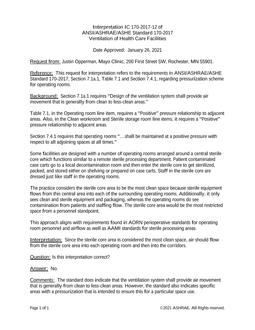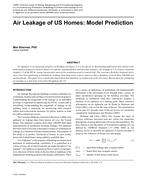Discusses how humidity affects our perception of comfort and illustrates a possible model of how the conscious mind may reach conclusions about thermal comfort and discomfort. Examines humidity and comfort from the standpoints of thermal sensation, thermal balance, environmental acceptability, high and low humidity and perceived air quality. Concludes that humidity affects comfort both directly and indirectly. At a given temperature, decreased humidity results in occupants feeling cooler, drier and more comfortable. For the sedentary person, a 30% change in relative humidity has the same effect on thermal balance and thermal sensation as 1degC (2degF) change in temperature.
Citation: ASHRAE Journal, vol. 40, no. 8, August 1998
Product Details
- Published:
- 1998
- Number of Pages:
- 7
- File Size:
- 1 file , 730 KB
- Product Code(s):
- D-9235


